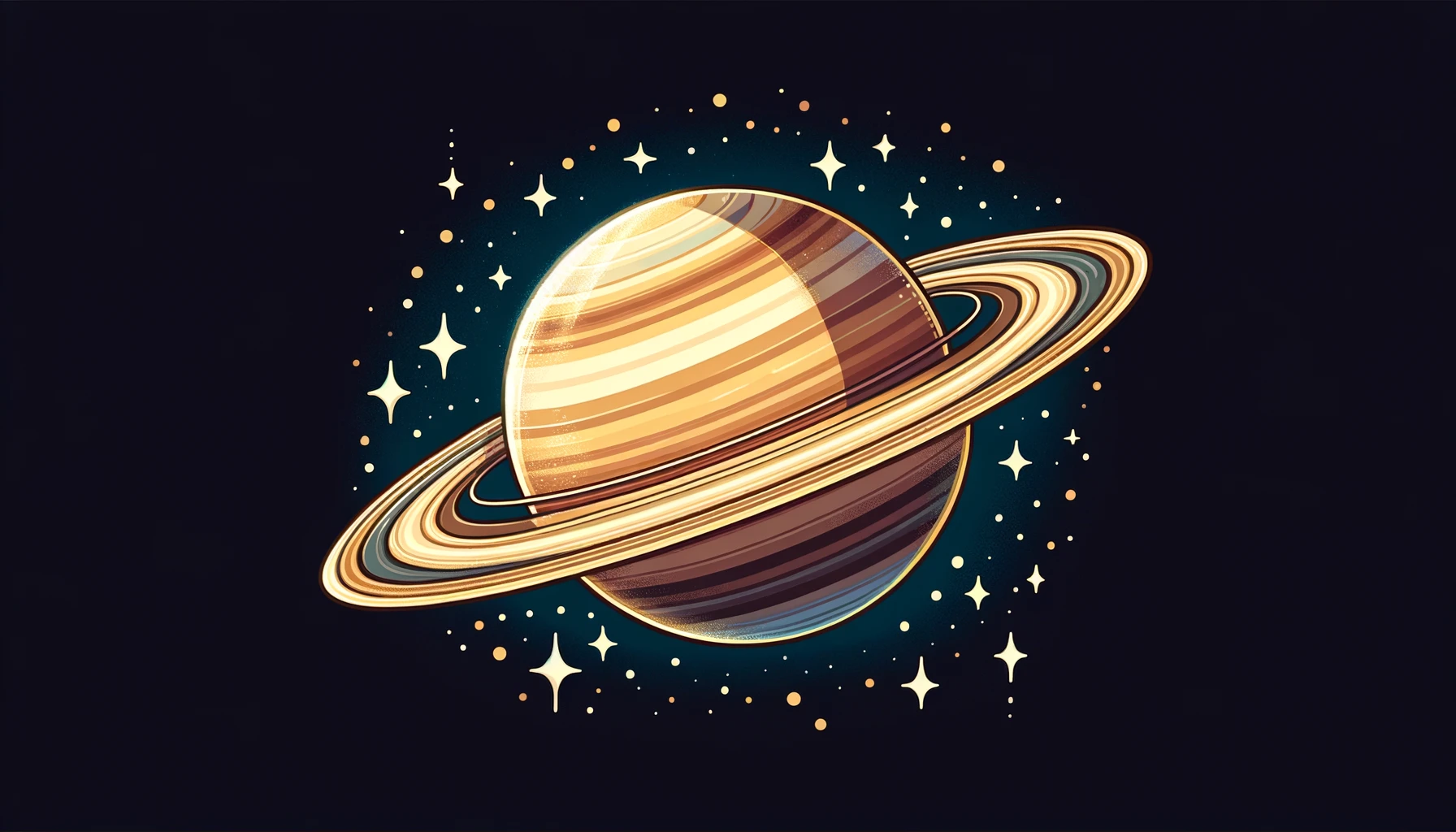Saturn Discovery
Saturn Discovery
Table of Contents
- Introduction to Saturn
- Early Observations of Saturn
- Advancements in Understanding Saturn
- Discovery of Saturn’s Rings and Moons
- Unique Characteristics of Saturn
- Importance of Saturn’s Discovery
- Future Exploration of Saturn
- Conclusion
- References
Historical Discovery of Saturn
Introduction to Saturn Saturn, the sixth planet from the Sun, is renowned for its stunning ring system and impressive size. As one of the gas giants, Saturn has intrigued astronomers for centuries. This article delves into the historical discovery of Saturn, highlighting its early observations, advancements in understanding, and significance in the field of astronomy.
Early Observations of Saturn Saturn has been known since ancient times, visible to the naked eye as a bright, wandering star. Ancient civilizations, including the Babylonians, Greeks, and Romans, observed Saturn and included it in their mythologies. The Greeks named the planet after Cronus, the Titan god of time, while the Romans adopted the name Saturn, their god of agriculture and time.
Advancements in Understanding Saturn The invention of the telescope in the early 17th century marked a turning point in the observation and understanding of Saturn. Italian astronomer Galileo Galilei was among the first to observe Saturn through a telescope in 1610. Although his telescope was not powerful enough to discern the rings, he noted that Saturn appeared to have “ears” or appendages, which puzzled him.
In 1655, Dutch astronomer Christiaan Huygens, using a more advanced telescope, correctly identified Saturn’s rings. Huygens also discovered Saturn’s largest moon, Titan. His observations provided a clearer understanding of the planet’s structure and composition.
Discovery of Saturn’s Rings and Moons The discovery of Saturn’s rings and moons significantly enhanced our understanding of the planet. Key milestones include:
- Huygens’ Discovery: Christiaan Huygens discovered Titan and described the rings as a thin, flat disk surrounding the planet.
- Cassini’s Contributions: In the late 17th century, Italian-French astronomer Giovanni Domenico Cassini discovered four more moons (Iapetus, Rhea, Tethys, and Dione) and identified the gap in Saturn’s rings, now known as the Cassini Division.
- Modern Discoveries: Advancements in telescopes and space missions, such as the Voyager flybys and the Cassini-Huygens mission, have revealed additional moons and intricate details about Saturn’s ring system and atmosphere.
Unique Characteristics of Saturn Several unique characteristics make Saturn a fascinating object of study:
- Ring System: Saturn’s rings are composed of ice and rock particles, ranging in size from tiny grains to massive boulders. They are divided into several distinct sections, labeled alphabetically in the order of their discovery.
- Atmosphere: Saturn’s atmosphere is composed primarily of hydrogen and helium, with trace amounts of methane, ammonia, and other gases. The planet exhibits dynamic weather patterns, including powerful storms and high-speed winds.
- Magnetic Field: Saturn has a strong magnetic field, generated by the movement of metallic hydrogen within its interior. This magnetic field creates auroras near the planet’s poles.
Importance of Saturn’s Discovery The discovery and study of Saturn have significant implications for astronomy:
- Advancement in Telescopic Observations: Observations of Saturn and its rings spurred the development of more powerful telescopes and improved observational techniques.
- Understanding Planetary Systems: Studying Saturn’s complex ring system and numerous moons provides insights into the formation and evolution of planetary systems.
- Inspiration for Exploration: Saturn has been a target for several space missions, including the Pioneer, Voyager, and Cassini-Huygens missions, which have expanded our knowledge of the outer solar system.
Future Exploration of Saturn Future exploration of Saturn aims to uncover more about its composition, atmosphere, and moons. Proposed missions, such as the Dragonfly mission to Titan and potential orbiter missions to study the rings and other moons, aim to provide detailed observations and enhance our understanding of this distant giant.
Conclusion The historical discovery of Saturn remains one of the most significant achievements in the history of astronomy. From ancient observations to modern space missions, Saturn continues to captivate scientists and the public alike. Its unique characteristics and complex system offer valuable insights into the solar system’s dynamics and the processes that shape planetary bodies.
<ⓒ WizardMedics (wizardmedics.com)>







